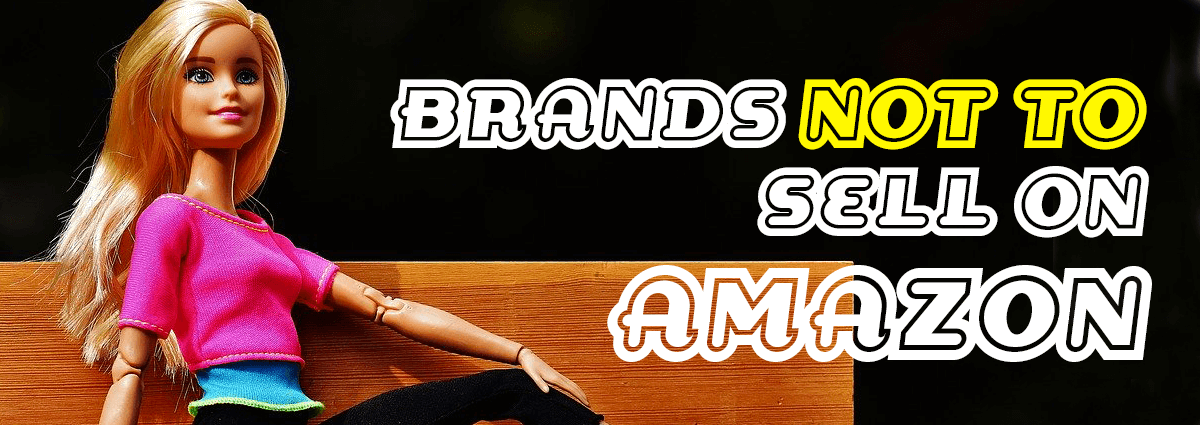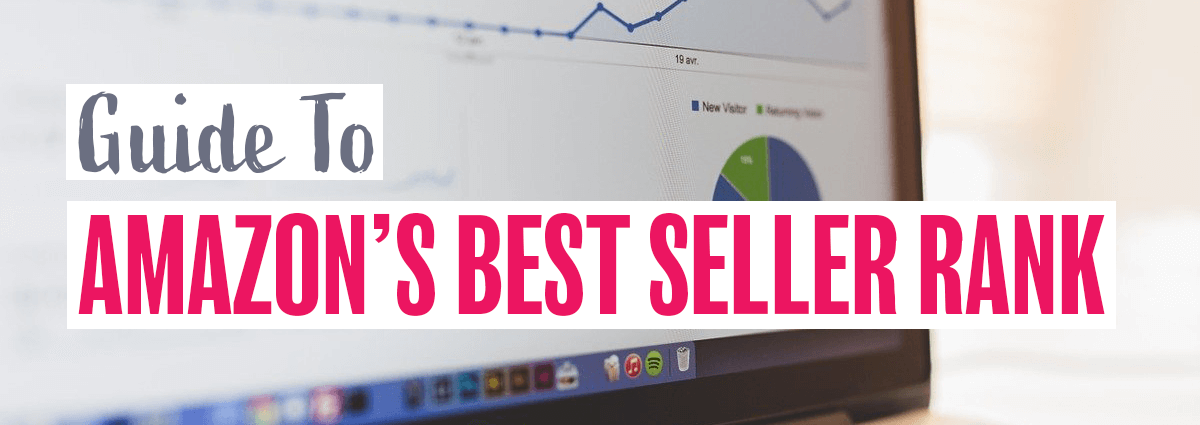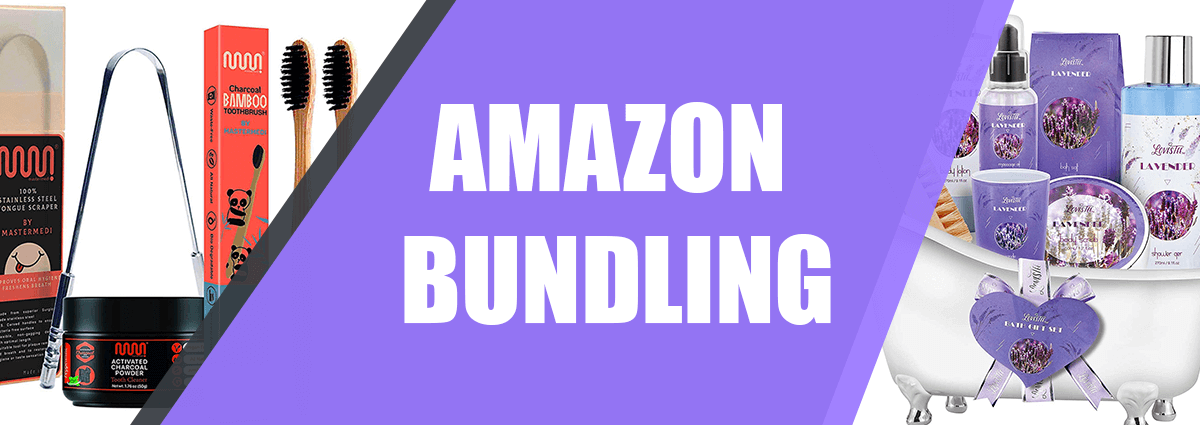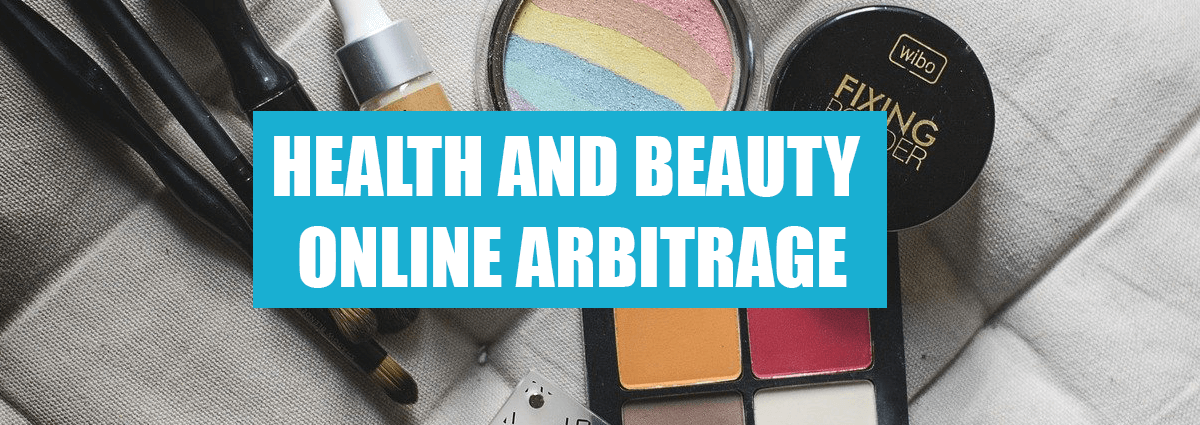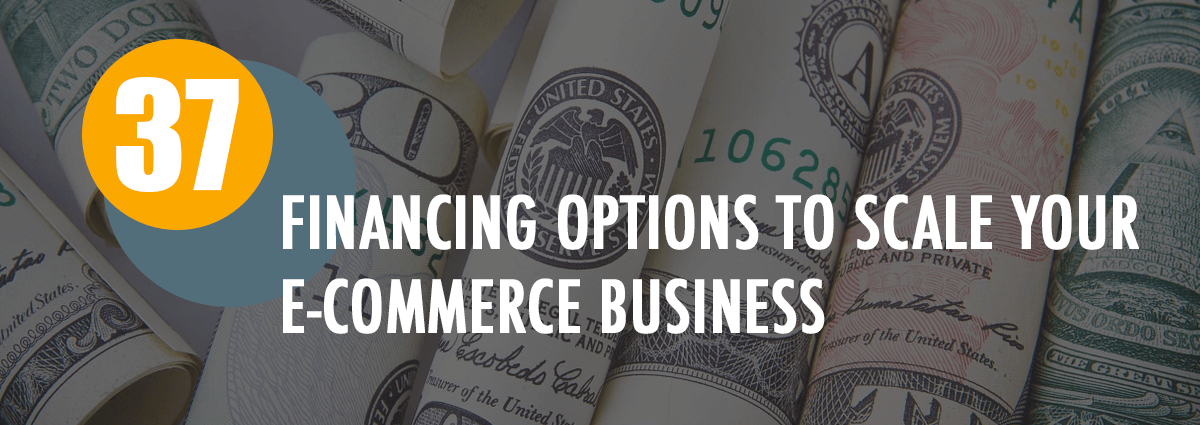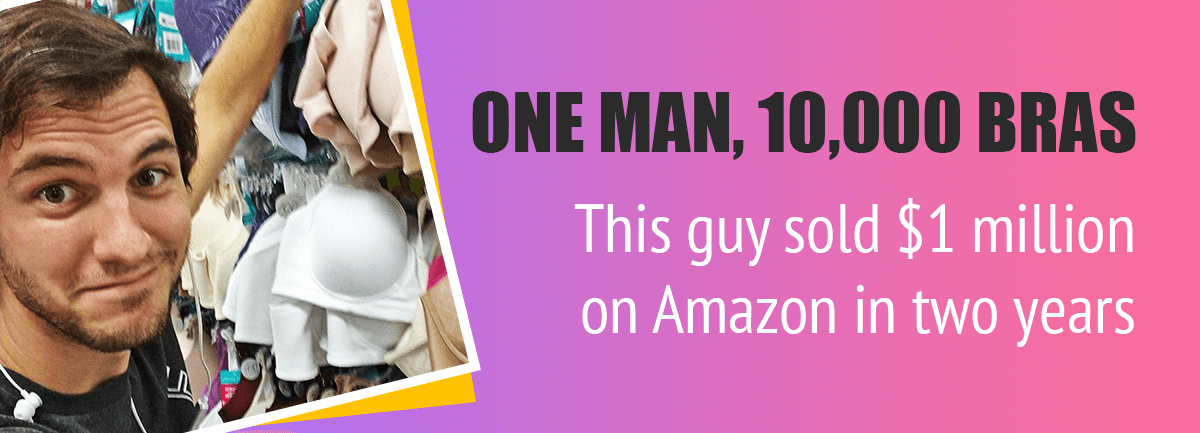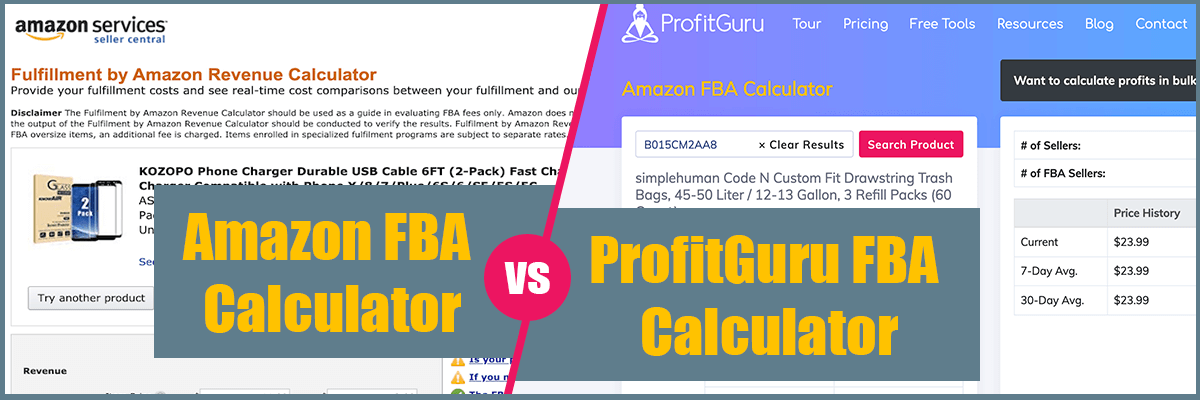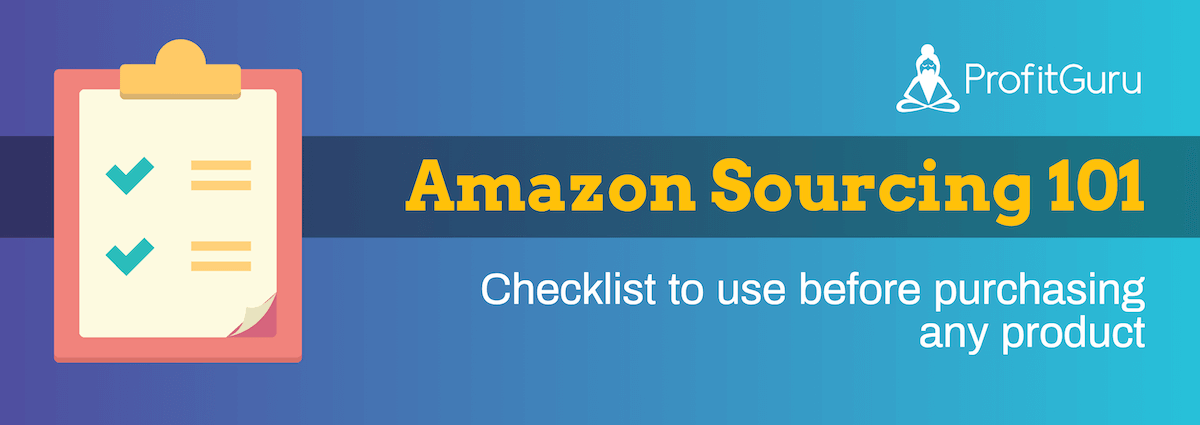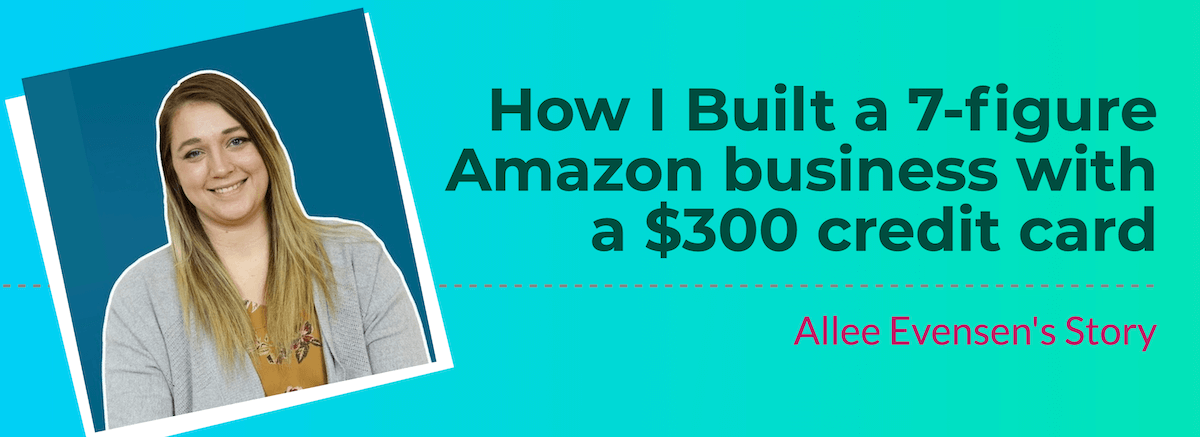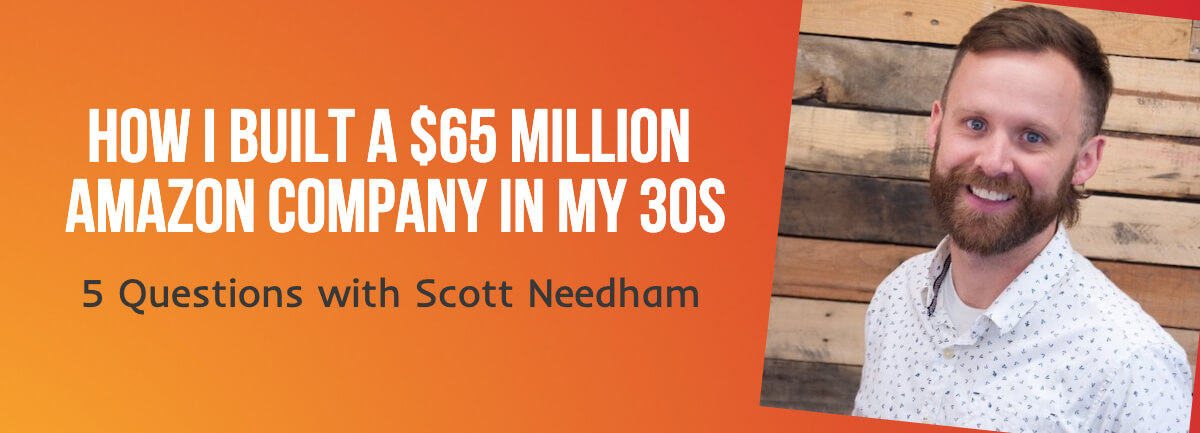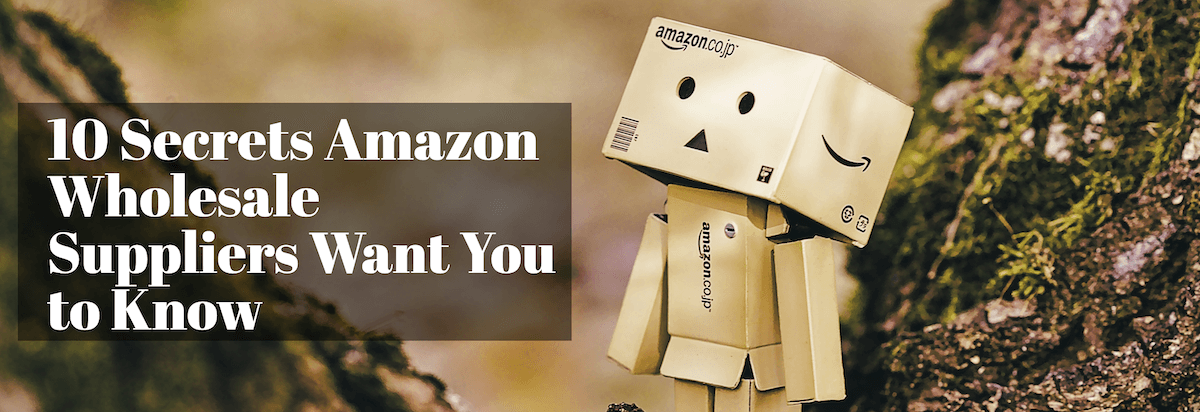ProfitGuru Blog - Page 3
For some FBA sellers, the hammer dropped this week as Amazon cracked down on a new host of brands. You may have received a email that was identical to this: As part of our ongoing efforts to prov...
I interact with Amazon sellers every single day. Without a doubt, the one topic that comes up over and over again is Amazon’s Best Seller Rank (BSR). In my years of helping Amazon sellers, I’ve answer...
Become an Expert Amazon Seller
Signup to our newsletter today and receive members only tips, latest Amazon Marketplace news and other exclusive content!
Mini-Course: Amazon Bundling to Diversify FBA Revenue
 Allee Evensen
Allee Evensen
Selling on Amazon is hard. Selling products for less than $5 using Amazon FBA is nearly impossible (unless you like giving away your money, that is). Because of Amazon the FBA fee structure, sel...
Do you want to learn how to make money selling on Amazon without leaving your house? Online Arbitrage is buying products from various websites and selling those products on Amazon (or another...
It takes money to make money. If finding the right products to sell on Amazon is the #1 key to your e-commerce success, the #2 key is buying the perfect amount of product to keep your cash flow in...
If you looked at Nathan’s Jackson’s Amazon sales numbers, you would probably assume he manages a large company. He’s done more than $1 million in sales since he first started in Spring 2017, a huge fe...
When it comes to selling on Amazon, there’s one success indicator that is more important than all others. In fact, it’s the most critical rule I’ve ever posted on this blog, and the only real piece of...
Right now you’re reading the headline and thinking this is a bunch of marketing crap. Really? $2500 in one hour? Now, just to be clear I don’t make $2500 EVERY hour I work. However, I really did...
Apple started in a garage. Hewlett-Packard started in a rented house. The HP Garage is a private museum where the company Hewlett-Packard (HP) was founded. It is located at 367 Addison Avenue...
Scott Needham began building an 8-figure Amazon FBA empire before he was 30 years old. With his two brothers in tow, he created BuyBoxer, an online store and brand management company. In only 7 years,...
Warning: This cheat sheet may make you a product sourcing wizard There’s no argument: In 2019, Amazon is the best place to sell wholesale products. No other e-commerce website infrastructur...

